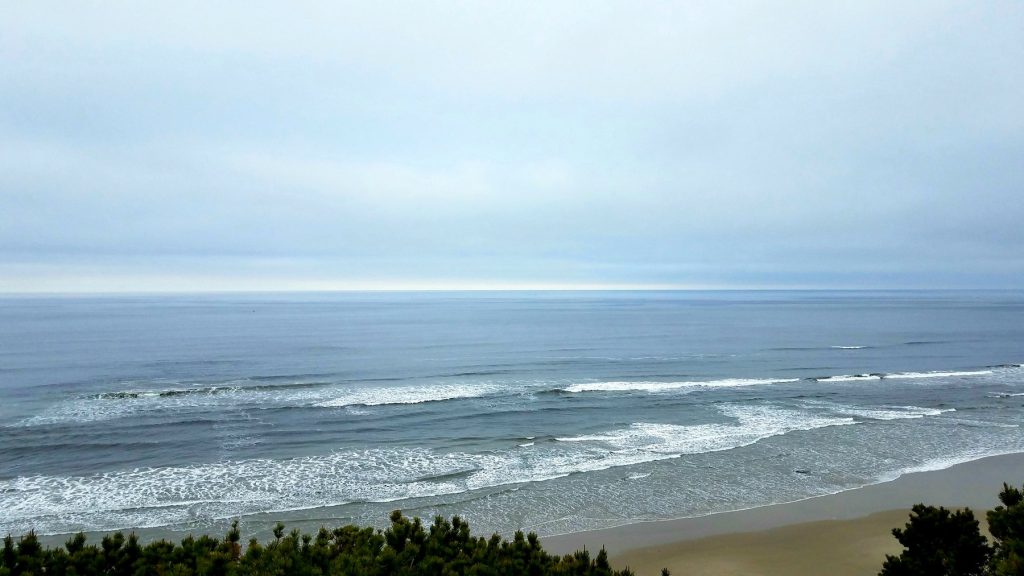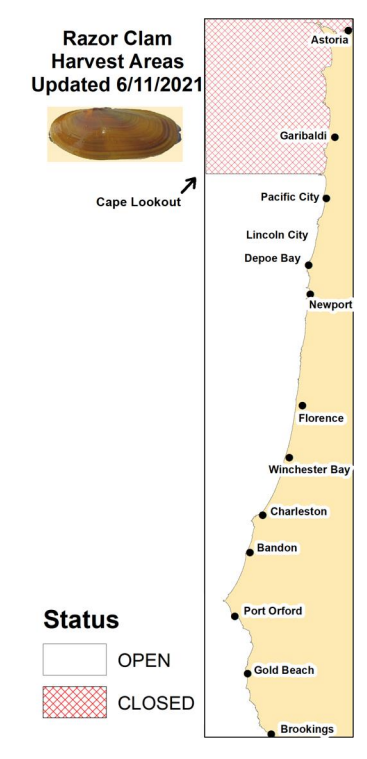Oregon’s Central Coast Reopening For Razor Clamming
THE FOLLOWING IS A PRESS RELEASE FROM THE OREGON DEPARTMENT OF FISH AND WILDLIFE
The Oregon Department of Agriculture (ODA) and the Oregon Department of Fish and Wildlife (ODFW) announce the opening of all razor clam harvesting on the central Oregon coast.
Razor clamming is now open from Cape Lookout (just south of Netarts Bay) south to the California border. Recent shellfish samples taken from this area indicate levels of the marine biotoxin domoic acid have fallen below the alert level.

Razor clamming remains closed from Cape Lookout north to the Columbia River (including inside the Columbia River). This area of the north coast includes the popular Clatsop beaches which remain closed with razor clam samples well above the alert level.Click here for a map of the open and closed areas.
“With a sample below the closure threshold two weeks ago, we were hopeful Clatsop beaches would reopen this weekend, but that’s not the case,” said Matt Hunter, ODFW Shellfish Project Leader. “However, Newport area beaches are now open so folks have more areas on the coast to razor clam.”
The closure threshold for domoic acid in razor clams is 20 ppm (parts per million). Clatsop beach samples were 33 ppm.
Other razor clam harvest areas include beaches in Gold Beach, Bandon, and Winchester Bay among others.

Mussel, bay clam and crab harvesting remain open along the entire Oregon coast. Coastal scallops are not affected by biotoxin closures when only the adductor muscle is eaten. ODA does not recommend eating whole scallops. Commercial shellfish products remain safe for consumers.
Paralytic shellfish toxin and domoic acid toxin are produced by algae and originate in the ocean. ODA will continue to test for shellfish toxins twice per month, as tides and weather permit. Reopening an area closed for biotoxins requires two consecutive tests with results below the closure limit.
For more information call ODA’s shellfish biotoxin safety hotline at (800) 448-2474, the Food Safety Division at (503) 986-4720, or visit the ODA Shellfish Biotoxin Closures webpage.
Contact ODFW for recreational license requirements, permits, rules and limits.
